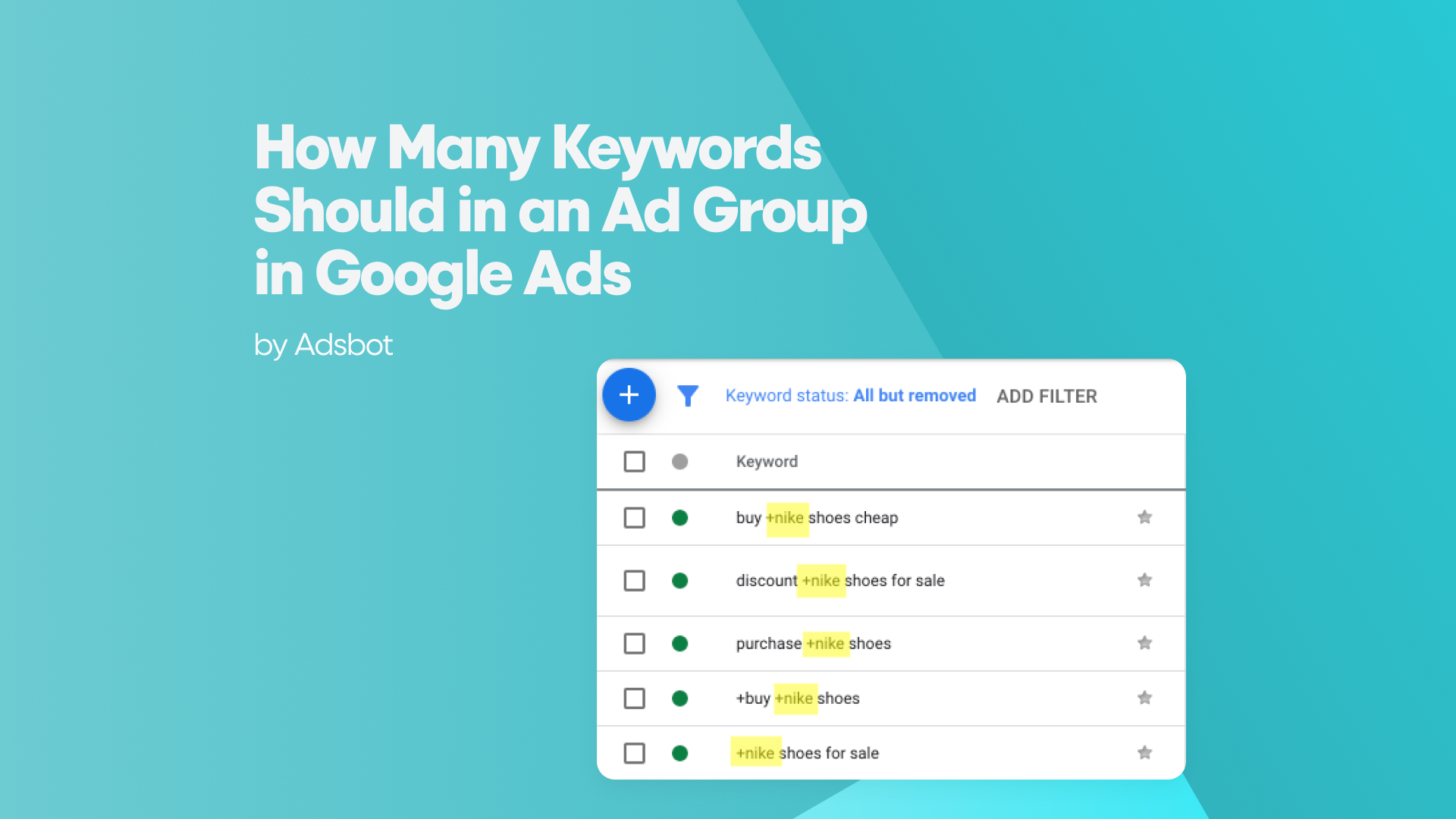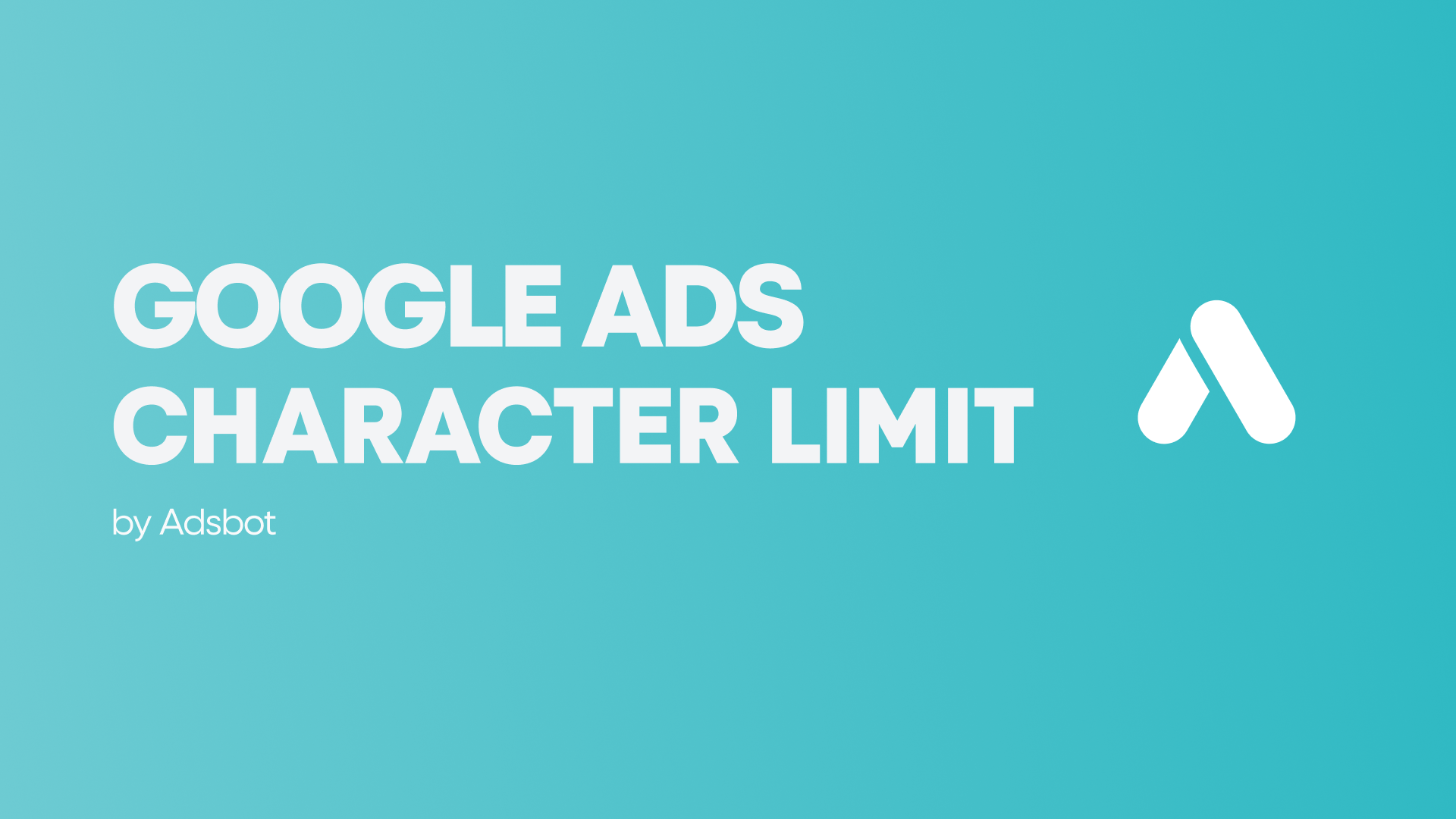If you are in the eCommerce business there is a powerful weapon that you must equip to get ahead of your competitors. This powerful weapon is Price Tracking, and should you use it well, it can help you dominate your respective market. Price Tracking tools provide you with valuable information regarding your competitors’ prices whose products are similar to yours. By employing this information, you can achieve a serious advantage over your competitors. This article will explain:
- What Price Tracking is,
- How you can use it,
- How it can benefit you in different situations,
- What you should be wary of when employing it.
If you want to know more about how you can up your marketing game, read on. Let’s get started.
What Is Price Tracking?
In simplest terms, Price Tracking is keeping tabs on the product prices of your competitors. Price Tracking tools help you gather information about these prices and come up with a worthwhile pricing strategy by analyzing the information.
You can find data on not only your direct competitors, who sell products that are in the same category as yours but also indirect competitors, whose products may be slightly different but still in the same category and possibly cater to your audience, as well. This will allow you to gain a comprehensive insight into the market.
Price Tracking can even aid you in dynamically adjusting your prices most favourably. We’ll get to that in a bit.
However, before you get further, we need to clarify: Price Tracking tools are not the same as price comparing websites that you use while buying stuff online. Fundamentally, one is designed to help the seller and the other is designed to help the buyer. While they work on the same principle, the aim and the application of the two differ greatly.
How Do Price Tracking Tools Work
Price Tracking tools use APIs to crawl your competitors’ websites and scans URLs of products. They show you Page Titles, Alt Texts of images, prices, numbers of products in the stock, descriptions, and even reviews. You can store all of this information in a database and monitor your competitors’ data on a dashboard.
Your price tracker may need to crawl hundreds of websites for you to have a better insight, that’s why it’s better to use an existing Price Tracker instead of trying to create one of your own.
One of the other advantages of using existing Price Tracking tools is the diversity of websites’ infrastructures. While simple websites use simple HTML codes, it’s harder to create a code for a Price Tracker that can scan both websites which have HTML and JavaScript codes.
Benefits of Price Tracking
When you are in the business of selling things, your main goal is to get more customers than your competitors and for a better price. For you to reach this goal, you have to be on top of everything: from providing the best prices, the best sales, the better product to purchasing products at a better price yourself. Doing these things manually will cost you a great time and, perhaps, money. By engaging in a Price Tracking tool, you can divert your energy somewhere else.
But, what are the exact benefits of Price Tracking, you may ask. We shall explain.
- As we told you above, keeping track of your competitors’ prices, costs, and margins helps you achieve a better pricing strategy. Cheaper prices don’t mean 100% success, however, if you are a retailer, for example, a well-timed sale may help you a lot.
- Better prices (lower or higher) equals more sales or more revenue.
- A price tracker can also tell you if the conditions are to raise your prices, thus, helping you increase your margin.
- Using a price tracker can save you a lot of time by eliminating manual research.
- If you are a manufacturer, you can also benefit from price tracking by keeping an eye on retailers and resellers that sell your product. Especially, if you want your products to be sold at a certain price range, since going above or below a certain price point may damage your brand name.
- Dynamic Pricing is another great benefit of a price tracker tool. By setting up certain rules you can automate the process of pricing your products. This way, your prices will be optimized according to the data the tracker finds about the market in real-time. If lowering your prices will benefit you, it will lower the prices, but if the situation is right, it can also raise your prices.
- Moreover, you can also figure out certain patterns in your competitors’ strategies, as well as trends. This can help you regulate your promotions and optimize your purchases to be more prepared and save money.
- Last but not least, by seeing how low your competitors’ prices get, you can deduce whether or not they have a lower purchasing cost. If they can go much lower than you when pricing, they are getting their products at a much lower cost. With this information, you can change your supplier or renegotiate the prices.
A Few Warnings
As with all aspects of your business, you must still keep an eye on things. Relying too much on your price tracker and neglecting your website may be disastrous. You should always keep in mind that your long-term goal is to retain the customer.
A relationship between the customer and your brand depends on the trust that hangs on a very thin thread. You can easily betray that trust by offering a price that turns out to be not so favorable. If a customer sees that the product they have purchased from you can be found at a cheaper price somewhere else, they may feel cheated. An unsatisfied customer can leave a bad review, thus impacting your business negatively. You can lose your place in the market, and others can fill it just as easily.
However, at the same time, a price war may ensue. By employing the dynamic pricing method wrongfully, you face the fear of abusing lower prices. If you and your competitors keep lowering prices to gain customers from each other, you can easily create a market environment that is not economically favorable. Neither you nor your competitor can sustain yourselves with such low prices.
That is why you should always aspire to plan your strategies for both short and long-term, keep an eye on your price tracker, analyze the data it provides and not just blindly follow it while doing your pricing. Beware of your competition but don’t engage in pricing strategies that will inevitably cripple you. Now that you learned the basics of Price Tracking, you can go ahead and start optimizing your prices.
List of popular competitor price tracking tools:
- Keepa
- CamelCamelCamel
- The Tracker
- Honey
- PriceZombie
- PricePeep
- PriceHistory
- Price tracker for Amazon
- Earny
- Paribus
How Does Adsbot Help You?
Adsbot helps you automate and optimize your campaigns in a minute. Get insights, alerts and smart recommendations with a single click. You will have a full control on your account and focus on strategy. Start you free trial today and see Adsbot in action.
Popular Posts
-
Google Ads Script for Dummies: An Introduction
Imagine you have an e-commerce website that sells licensed superhero…
Read more -
How Many Keywords Should in an Ad Group in Google Ads?
Are you new to Google Ads and trying to…
Read more -
Google Ads Character Limits
Google Ads has character limits for various elements of an…
Read more -
Google Ads Sitelink Character Limits
Are you looking to maximize your Google Ads campaigns?…
Read more
Register for our Free 14-day Trial now!
No credit card required, cancel anytime.




